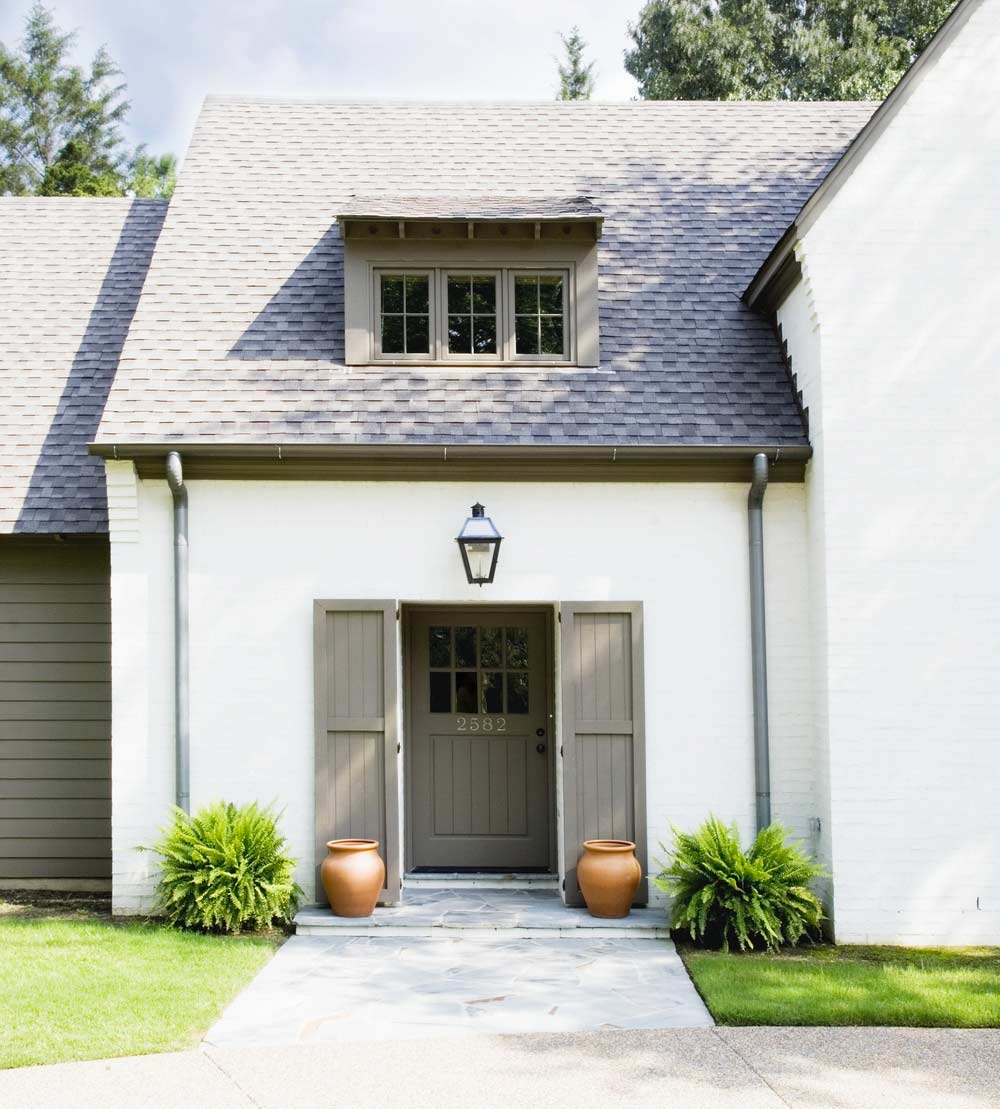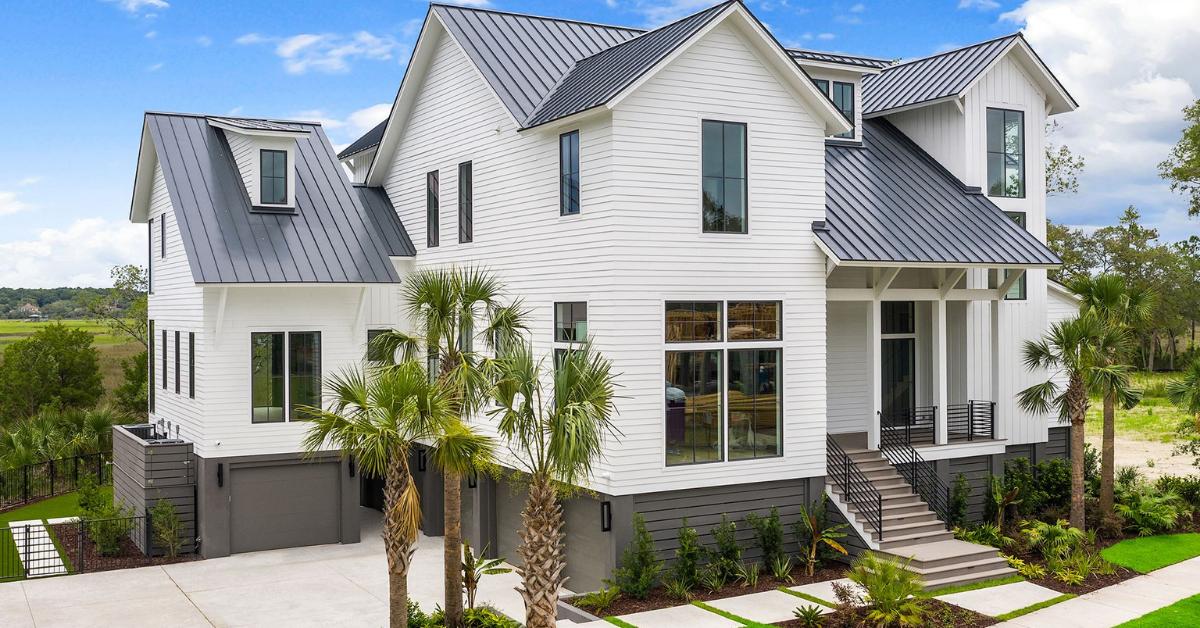
Mobile home siding replacement is a great option to enhance the appearance of your home. This is a great opportunity to add vapor barriers and upgrade your insulation. This can increase the energy efficiency of your home and help you to save money on your heating and air conditioning bills.
A mobile home siding with the right quality can prevent mold, mildew, bacteria. It can prevent dents and scratches from happening, as well as protect against noise. Your home's resale value can be increased by having the right siding installed. It's also a smart idea to select a material that will last a long time. This will help you keep your home looking great and save money on repairs.
Consider the climate in your area when choosing mobile home siding. If you live in a warm climate, it will be less likely that your siding will be damaged by the weather. You will need to ensure that your siding does not become damaged by freezing temperatures.

Among the most popular options for mobile homes is vinyl. Vinyl is an affordable material that is simple to install. It is also durable, scratch resistant, and easy to repair. It comes in hundreds of different colors. A majority of manufacturers also offer a generous guarantee.
Another common choice for mobile homes is metal. Metal siding is lightweight, durable, and insect-proof. It is also flame retardant making it an ideal choice in mobile homes. It can be damaged by moisture or dents. It can also be scorched by high temperatures.
Another option is wood. It is extremely durable and available in many colors. Cedar siding is also available. This siding is naturally resistant and resists moisture and decay. It can also be used in lap, tongue, and log cabin designs. It can also come in grooves and beads. It is not as durable as metal, but can last for years with proper care.
Cement siding and brick are also options. These siding options are attractive and can also be energy-efficient. A vapor barrier can also help to keep your home healthy and keep your energy costs down.

There are many siding materials available, depending on what you want and your budget. For mobile home siding, plywood is the best choice. It is more smooth and easy to sand. A mitersaw is the best tool for trimming and cutting. It can also be purchased at many hardware and home improvement stores.
It is important to first take down any other installations or caulking prior to replacing the mobile home siding. This includes doors frames, lights, gutters and gutters. Any small cracks can be sealed using a caulking gun. Also trim siding around windows and doors.
FAQ
Are there permits needed to renovate my house
Yes. Before you start any home improvements project, permits are necessary. In most cases you will need to have a building permit along with a plumber's permit. A zoning permit is also required depending on the type and extent of work you are performing.
How much does it take to renovate a home?
Renovations can cost from $5,000 to $50,000. Most homeowners spend around $10,000 to $20,000 on renovations.
Can I rent a dumpster?
You can rent a dumpster for debris removal after your home renovation. Renting a dumpster is a great way to keep your yard free from trash and debris.
What time does it take to finish a home remodel?
It depends on the size of the project and the amount of time that you spend each day. An average homeowner will spend three to six hours a week on the project.
Statistics
- A final payment of, say, 5% to 10% will be due when the space is livable and usable (your contract probably will say "substantial completion"). (kiplinger.com)
- It is advisable, however, to have a contingency of 10–20 per cent to allow for the unexpected expenses that can arise when renovating older homes. (realhomes.com)
- They'll usually lend up to 90% of your home's "as-completed" value, but no more than $424,100 in most locales or $636,150 in high-cost areas. (kiplinger.com)
- Most lenders will lend you up to 75% or 80% of the appraised value of your home, but some will go higher. (kiplinger.com)
- ‘The potential added value of a loft conversion, which could create an extra bedroom and ensuite, could be as much as 20 per cent and 15 per cent for a garage conversion.' (realhomes.com)
External Links
How To
How can I plan a complete house remodel?
Planning a whole house remodel requires careful planning and research. There are many things you should consider before starting your project. The first thing to do is decide what kind of home renovation you want. There are many options available, including kitchen, bathroom and bedroom. Once you have decided which category you wish to work in, you will need to determine how much money you have to spend on your project. If you do not have any previous experience in working with homes, it is best that you budget at least $5,000 per bedroom. You might be able get away with less if you have previous experience.
Once you know how much money your budget allows you to spend, then you will need to decide how big a job it is you are willing to take on. A small kitchen remodel will not allow you to install new flooring, paint the walls, or replace countertops. On the other side, if your budget allows for a full renovation of your kitchen, you'll be able do just about any task.
Next, find a contractor who is skilled in the type and scope of work you wish to undertake. You'll get high-quality results and save yourself lots of headaches down the line. You should begin gathering materials and supplies after you've found a competent contractor. Depending on the size of your project, you may need to buy everything from scratch. There are many stores that offer pre-made products so it shouldn't be difficult to find what you need.
Now it's time for you to start planning. You will first need to sketch out an outline of the areas you plan to place appliances and furniture. Next, design the layout of your rooms. Be sure to leave enough room for electric outlets and plumbing. Make sure to position the most visited areas close to the front door. Visitors can also easily access them. You can finish your design by choosing colors and finishes. Avoid spending too much on your design by sticking to simple, neutral colors and designs.
Now that your plan is complete, it's time you start building! Before you begin construction, it's important to check your local codes. Some cities require permits while others allow homeowners to build without one. First, remove all walls and floors. Next, you'll lay down plywood sheets to protect your new flooring surfaces. Next, you'll attach the wood pieces to the frame of your cabinets. Finally, attach doors and windows.
After you're done, there are still a few things you need to do. You might want to cover exposed pipes or wires. This can be done with plastic sheeting and tape. Mirrors and pictures can also be hung. Be sure to tidy up your work space at all costs.
These steps will help you create a functional, beautiful home that is both functional and attractive. Now that you are familiar with how to plan a whole home remodel project, it is time to get started.